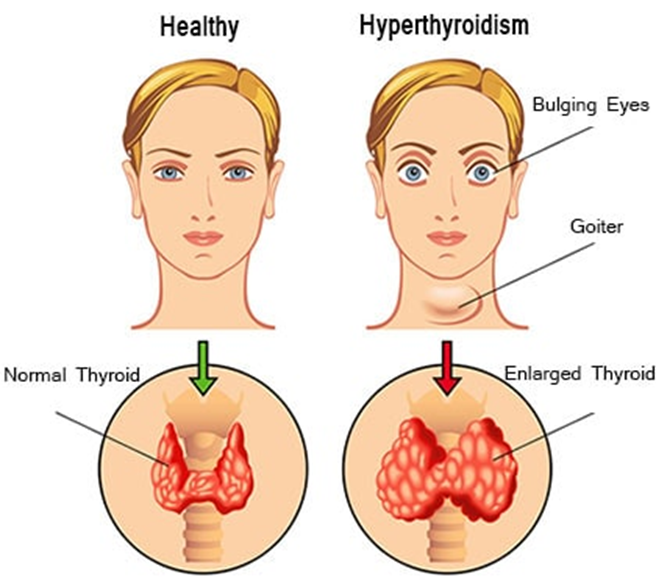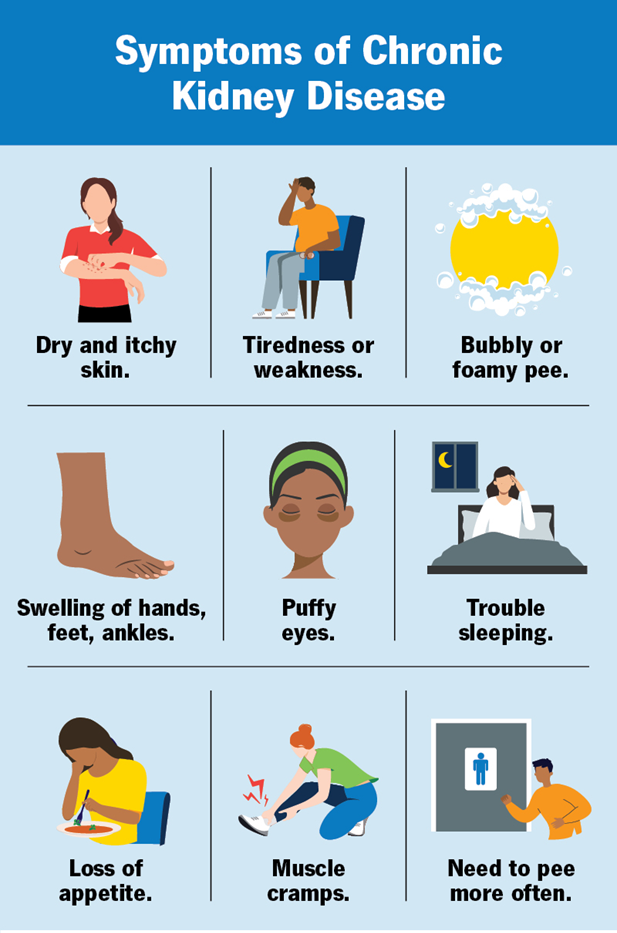Hypoglycemia can occur suddenly in children, and parents and caregivers must be prepared to act quickly. What is the best action when a child is experiencing hypoglycemic symptoms?
Offer peanut butter and 8 oz of water to drink
Give one tablespoon of ice cream
Give a hard candy lollipop to lick
Provide 1/2 cup juice followed by cheese with a cracker
The Correct Answer is D
Choice A reason:
Offering peanut butter and water is not the best immediate action for treating hypoglycemia. Peanut butter is a protein-rich food that takes longer to digest and does not quickly raise blood sugar levels. Water does not contain any carbohydrates and will not help in raising blood sugar levels.
Choice B Reason:
Giving one tablespoon of ice cream is not the most effective way to treat hypoglycemia. While ice cream contains sugar, it also has fat, which slows down the absorption of sugar into the bloodstream. This delay can prevent the rapid correction of low blood sugar levels.
Choice C Reason:
Giving a hard candy lollipop to lick can provide some sugar, but it is not the most efficient method for quickly raising blood sugar levels. The amount of sugar in a lollipop may not be sufficient to correct hypoglycemia, and the slow consumption may delay the necessary rise in blood sugar.
Choice D Reason:
Providing 1/2 cup of juice followed by cheese with a cracker is the best action for treating hypoglycemia. Juice contains fast-acting carbohydrates that can quickly raise blood sugar levels. Following it with cheese and a cracker provides protein and fat, which help stabilize blood sugar levels and prevent them from dropping again.
Nursing Test Bank
Naxlex Comprehensive Predictor Exams
Related Questions
Correct Answer is ["A","C"]
Explanation
The correct answer is a. Vomiting, c. Tachycardia.
Choice A: Vomiting
Vomiting is a common symptom of thyroid storm. Thyroid storm is a life-threatening condition that occurs when the thyroid gland releases a large amount of thyroid hormone in a short period. This sudden surge in thyroid hormone can cause severe metabolic disturbances, leading to symptoms such as vomiting. Vomiting can result from the body’s attempt to cope with the excessive thyroid hormone levels, which can affect the gastrointestinal system.

Choice B: Constipation
Constipation is not typically associated with thyroid storm. In fact, hyperthyroidism, including thyroid storm, usually causes an increase in bowel movements or diarrhea due to the accelerated metabolism. Constipation is more commonly associated with hypothyroidism, where the thyroid gland is underactive and slows down bodily functions.
Choice C: Tachycardia
Tachycardia, or a rapid heart rate, is a hallmark symptom of thyroid storm. The excessive thyroid hormones increase the body’s metabolic rate, leading to an increased demand for oxygen and nutrients. To meet this demand, the heart rate increases significantly, often exceeding 140 beats per minute. This rapid heart rate can be dangerous and requires immediate medical attention.
Choice D: Hypotension
Hypotension, or low blood pressure, is not a typical symptom of thyroid storm. Instead, thyroid storm often causes hypertension (high blood pressure) due to the increased metabolic activity and the body’s heightened demand for oxygen and nutrients. The cardiovascular system responds by increasing blood pressure to ensure adequate blood flow to vital organs.
Correct Answer is B
Explanation
Choice A reason:
Hypokalemia, or low potassium levels, is not typically associated with chronic renal failure. In fact, chronic renal failure often leads to hyperkalemia, which is an elevated level of potassium in the blood. This occurs because the kidneys are unable to excrete potassium effectively, leading to its accumulation in the body. Therefore, hypokalemia is not a clinical manifestation of chronic renal failure.
Choice B reason:
Oliguria, or reduced urine output, is a common clinical manifestation of chronic renal failure2. As the kidneys lose their ability to filter and excrete waste products, urine production decreases. This reduction in urine output is a key indicator of declining kidney function and is often observed in children with chronic renal failure. Monitoring urine output is crucial in assessing the progression of the disease and the effectiveness of treatment.

Choice C reason:
Hypotension, or low blood pressure, is not typically seen in chronic renal failure. Instead, hypertension, or high blood pressure, is more commonly associated with chronic renal failure. The kidneys play a crucial role in regulating blood pressure, and when they are not functioning properly, it can lead to an increase in blood pressure. Therefore, hypotension is not a clinical manifestation of chronic renal failure.
Choice D reason:
Massive hematuria, or the presence of a large amount of blood in the urine, is not a typical clinical manifestation of chronic renal failure. While hematuria can occur in some kidney conditions, it is not a defining feature of chronic renal failure. Chronic renal failure is more commonly associated with symptoms such as oliguria, fatigue, and swelling due to fluid retention.
Whether you are a student looking to ace your exams or a practicing nurse seeking to enhance your expertise , our nursing education contents will empower you with the confidence and competence to make a difference in the lives of patients and become a respected leader in the healthcare field.
Visit Naxlex, invest in your future and unlock endless possibilities with our unparalleled nursing education contents today
Report Wrong Answer on the Current Question
Do you disagree with the answer? If yes, what is your expected answer? Explain.
Kindly be descriptive with the issue you are facing.
